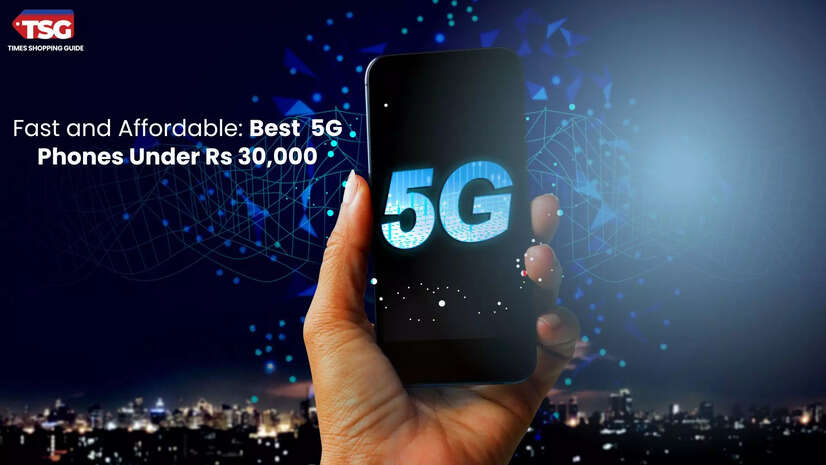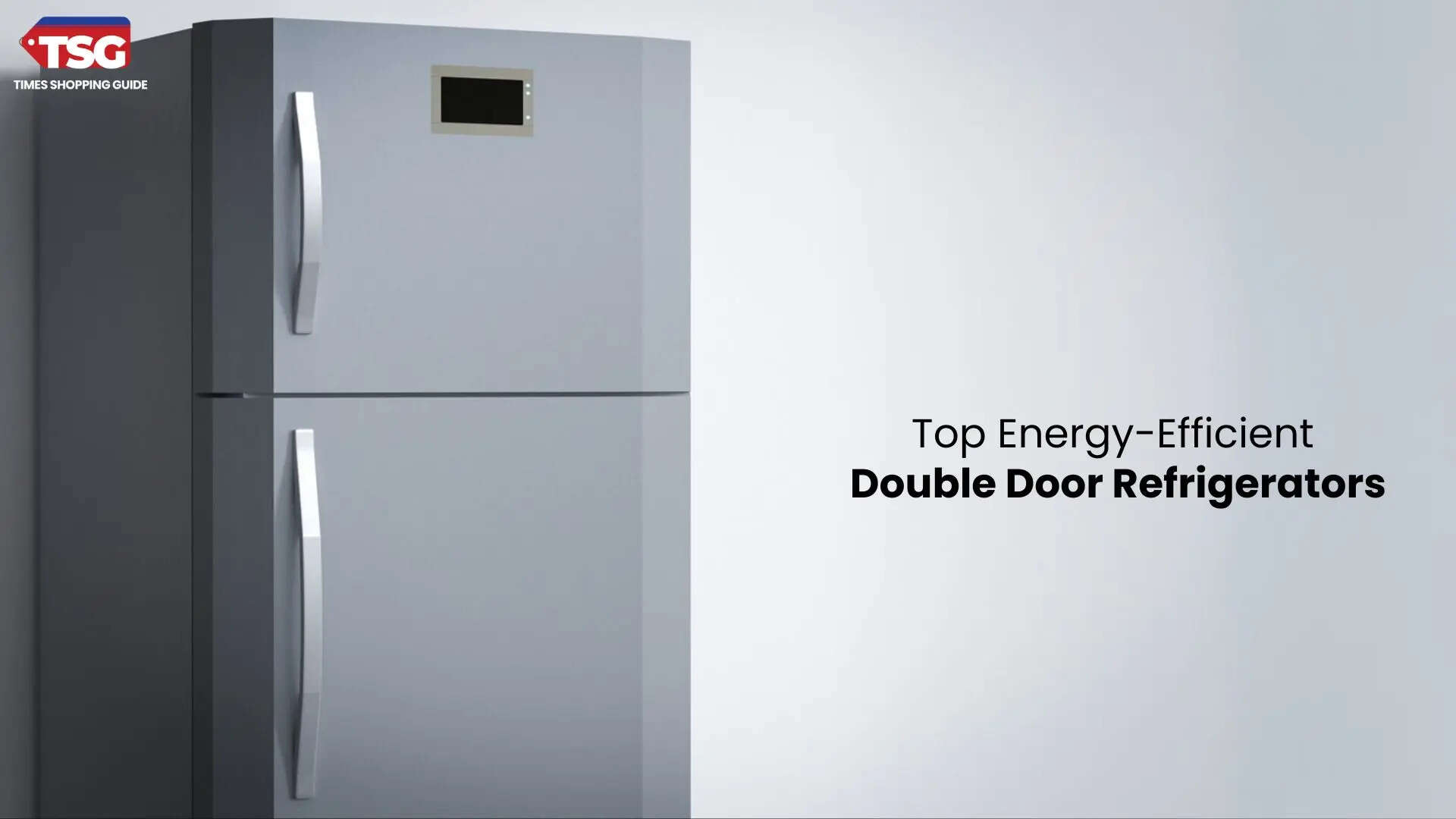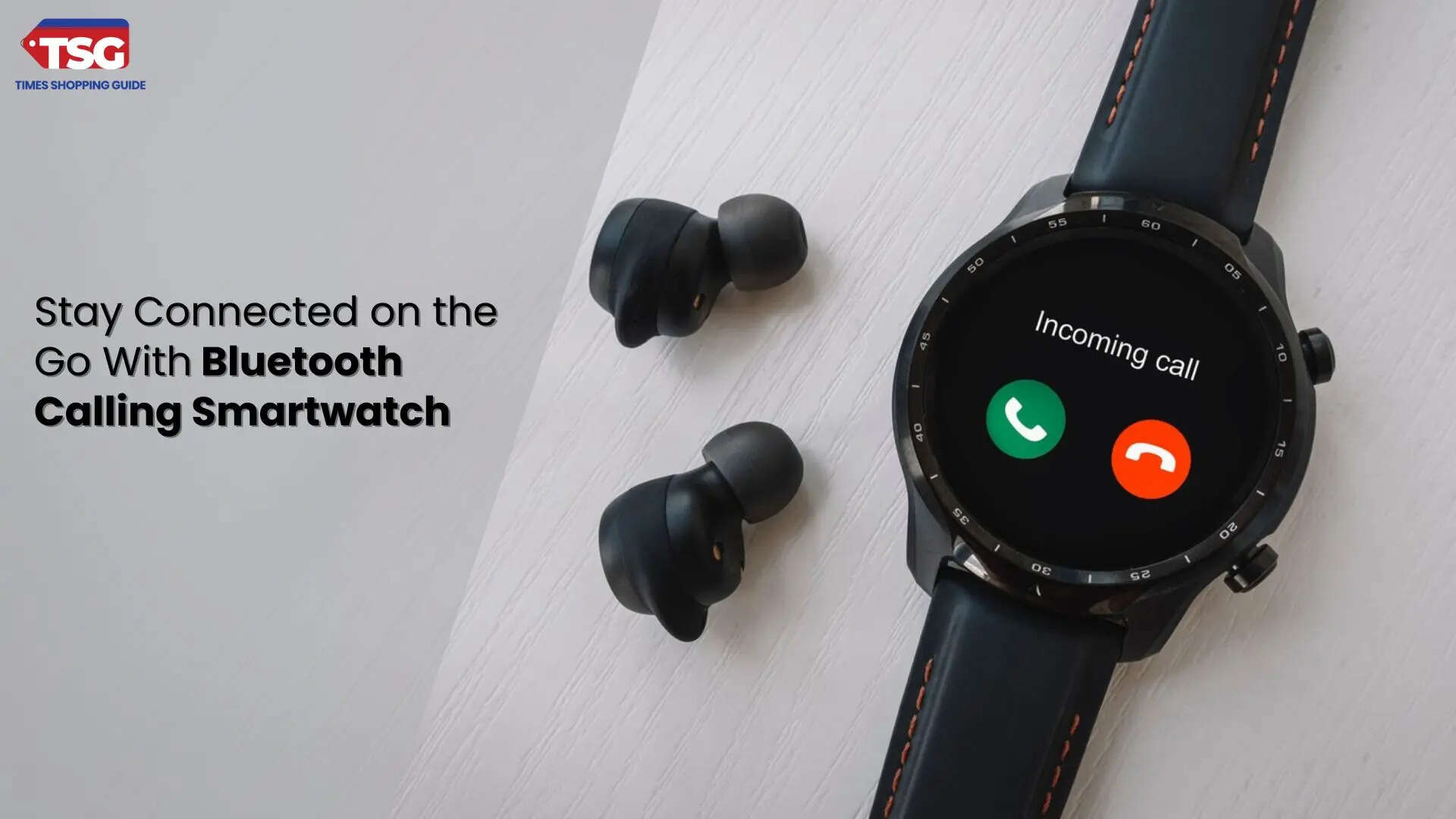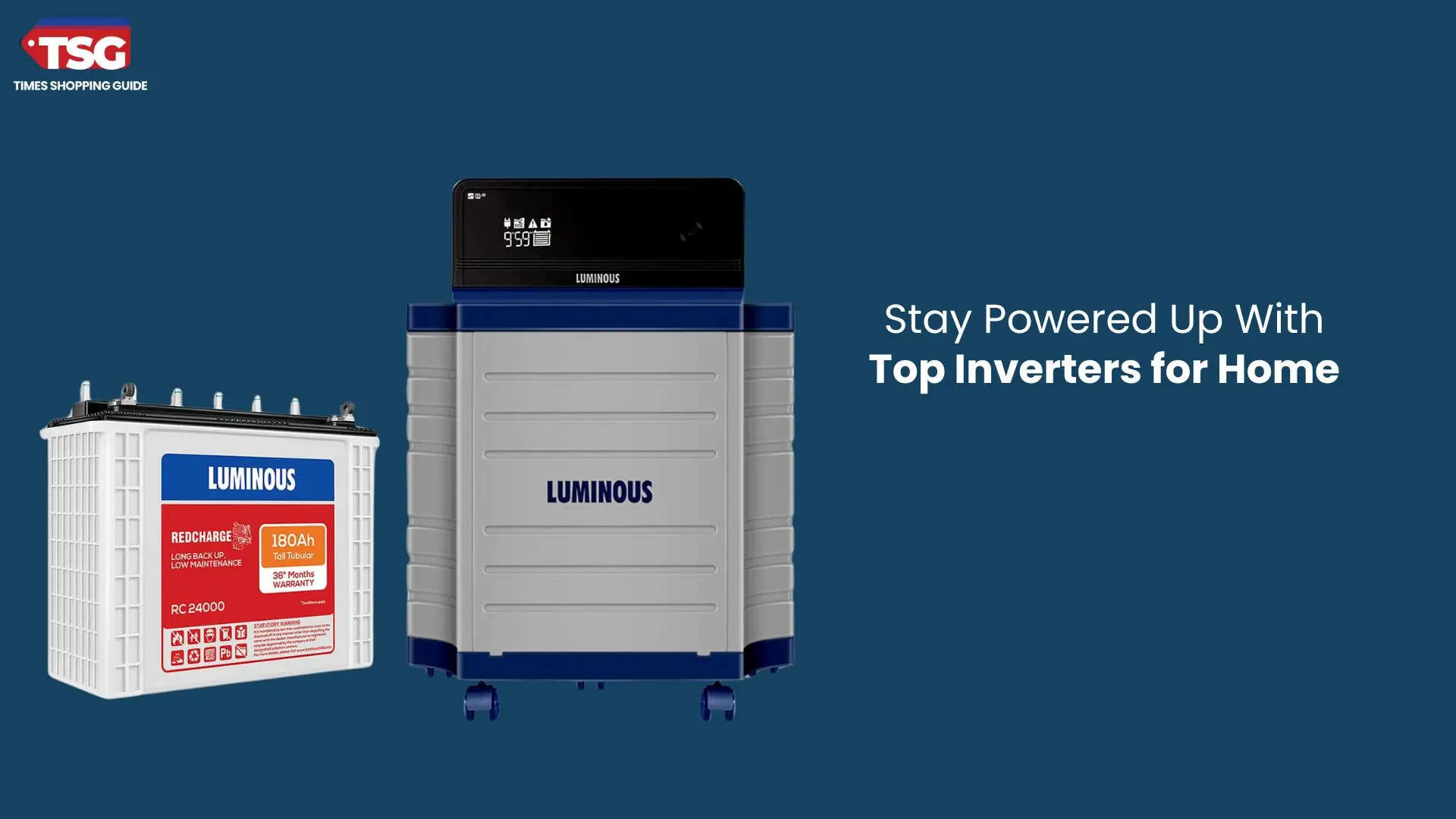Looking for a smartwatch that lets you make and receive calls without burning a hole in your pocket? You're in the right place! Gone are the days when Bluetooth calling was a premium feature limited to expensive wearables. Today, you can get stylish, feature-packed smartwatches with Bluetooth calling under Rs. 5,000. Check out our top picks here.
Reaching for your phone every time it rings or buzzes isn’t always convenient, especially when you’re in the middle of a workout, driving, or just trying to live hands-free. That’s where Bluetooth calling smartwatches step in and make life a whole lot easier. And the best part? You don’t need to spend a fortune to get one! You can now find smartwatches with Bluetooth calling under Rs. 5,000 that let you take and make calls right from your wrist—no need to fish your phone out of your pocket or bag.
These budget-friendly wearables are more than just mini wrist-phones. They come loaded with handy features like built-in mic and speaker, call logs, dial pads, and contact syncing. Plus, you’ll also find other smart features like fitness tracking, SpO2 monitoring, heart rate sensors, custom watch faces, and even voice assistants—all packed into stylish designs that don’t look or feel “budget” at all.
Whether you're a student, a busy professional, or just someone who wants the convenience of hands-free calls and smart notifications, these affordable Bluetooth calling smartwatches are absolute game changers. In this article, we’ve rounded up the best smartwatches under Rs. 5,000 that offer solid calling functionality, great value, and stylish looks—so you can stay connected without ever missing a beat. Here are our top picked options.
Top Bluetooth calling smartwatch under Rs. 5,000
1. Noise Colorfit Pro 5 Smart Watch
The Noise ColorFit Pro 5 Smart Watch is more than just a timepiece — it’s your all-in-one lifestyle companion. Featuring a vibrant AMOLED Always-On display, this smartwatch lets you view your stats and updates in stunning clarity. Whether you're staying on top of the weather, your health, or your schedule, real-time dynamic watch faces and a functional crown make navigation effortless. Stay connected with Tru Sync™ Bluetooth calling, track your fitness with 100+ sports modes, and keep your health in check with the Noise Health Suite™. With SOS technology, emoji support, and style-forward strap options, this smartwatch truly does it all.
Users' feedback: Customers appreciate the product's build quality and appearance. They find it looks premium and has a robust productivity suite with tools like calendar integration. The display is amazing, with vibrant colors and sharp text that make reading even under direct sunlight easy. Customers also appreciate the features and sound quality.
2. Fastrack Astor FS2 Pro Smart Watch
Fastrack Astor FS2 Pro Smart Watch could be your all-in-one lifestyle companion, right on your wrist! With a stunning 1.92” AMOLED display and crisp 410×502 resolution, it offers sharp visuals and smooth navigation using its functional crown. Stay effortlessly connected with SingleSync Bluetooth Calling, track over 100 sports modes, and choose from a wide range of watch faces to match your style. From 24x7 heart rate monitoring to stress and SpO2 tracking, your health is in good hands. Plus, with features like an AI voice assistant, calculator, music & camera controls, and IP68 water resistance, this smartwatch blends style, smarts, and convenience seamlessly.
Users' feedback: Customers find the product has a good finish and appearance. They appreciate its features and value for money.
3. CrossBeats Everest 2.0 Smart Watch for Men
The CrossBeats Everest 2.0 Smart Watch is designed to keep up with your wildest adventures. With a rugged build that resists dust, shock, and moisture—plus a built-in flashlight—it’s your ideal outdoor companion. The 1.43” Super AMOLED display delivers vivid visuals even in harsh sunlight, while 100+ sport modes let you track everything from hikes to home workouts. Stay connected with Bluetooth calling, real-time notifications, and smart alerts. Packed with health tracking features and boasting a 7-day battery life, Everest 2.0 is not just tough—it’s smart, stylish, and ready for anything.
Users' feedback: Customers appreciate the smartwatch's value for money, design, and build quality. They find it has a nice look with a vibrant display and good battery life. The watch is described as reliable and stylish. Many customers are satisfied with its features and user-friendly interface.
4. Boult Crown R Pro Smart Watch
The Boult Crown R Pro Smart Watch is a feature-packed wearable that brings Bluetooth calling right to your wrist. With a built-in mic and speaker, you can easily take calls without touching your phone—perfect for busy days on the go. Its 1.43” AMOLED display offers sharp visuals, always-on functionality, and bright 600 nits visibility. Whether you're tracking your heart rate, SpO2, menstrual cycle, or using one of the 120+ sports modes, this watch is built for both fitness and function. Add in 150+ watch faces, smart notifications, and IP67 water resistance, and you've got the ultimate everyday smartwatch.
Users' feedback: Customers find the smartwatch offers good value for money. They appreciate its sleek design and Bluetooth connectivity. The metal build quality and durable zinc alloy frame add a premium feel. The display is crisp and clear, with vibrant colors.
5. boAt Ultima Regal Smart Watch for Men & Women
The boAt Ultima Regal Smart Watch is designed for both men and women who want more than just a timepiece. Featuring a vibrant 2.01” AMOLED display with crystal-clear 410x502 resolution, this smartwatch lets you view notifications, fitness stats, and more with ease. Navigate effortlessly with the functional crown, and stay safe with the Emergency SOS feature that alerts your saved contacts instantly. With Bluetooth calling support and up to 20 contacts synced via the boAt Crest app, you're always just a tap away. Plus, with 100+ sports modes, it’s the ultimate fitness partner for your daily grind.
Users' feedback: Customers find the smartwatch has a good build quality and satisfying performance. They appreciate its attractive looks and vibrant AMOLED display.
6. Fire-Boltt Dominian Bluetooth Calling Smart Watch
The Fire-Boltt Dominian Bluetooth Calling Smart Watch is where style meets functionality. Featuring a stunning 1.43-inch AMOLED display with crystal-clear resolution, it ensures visibility even in bright sunlight. Its Bluetooth calling feature lets you dial, receive, and manage calls straight from your wrist—perfect for staying connected on the move. Designed with a premium stainless steel body and rotating crown, it’s both elegant and practical. From heart rate and SpO2 monitoring to multiple sports modes and IP67 water resistance, it covers your fitness and lifestyle needs effortlessly. Plus, the 300mAh battery offers up to 30 days of standby—keeping you powered for longer.
Users' feedback: Customers find the watch has a good look and feel. They find it affordable and suitable for different outfits. The display quality is good, with clear resolution and smooth operation. Customers are satisfied with the feel and features.














